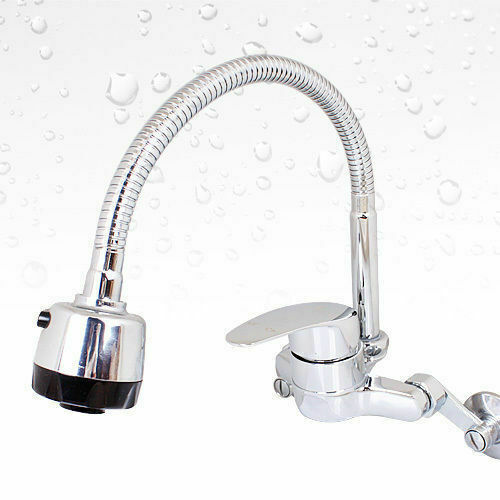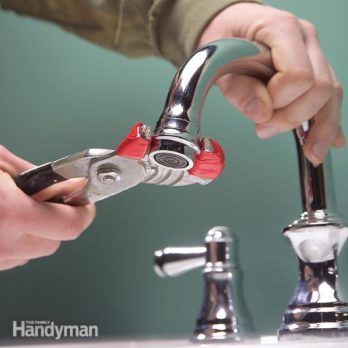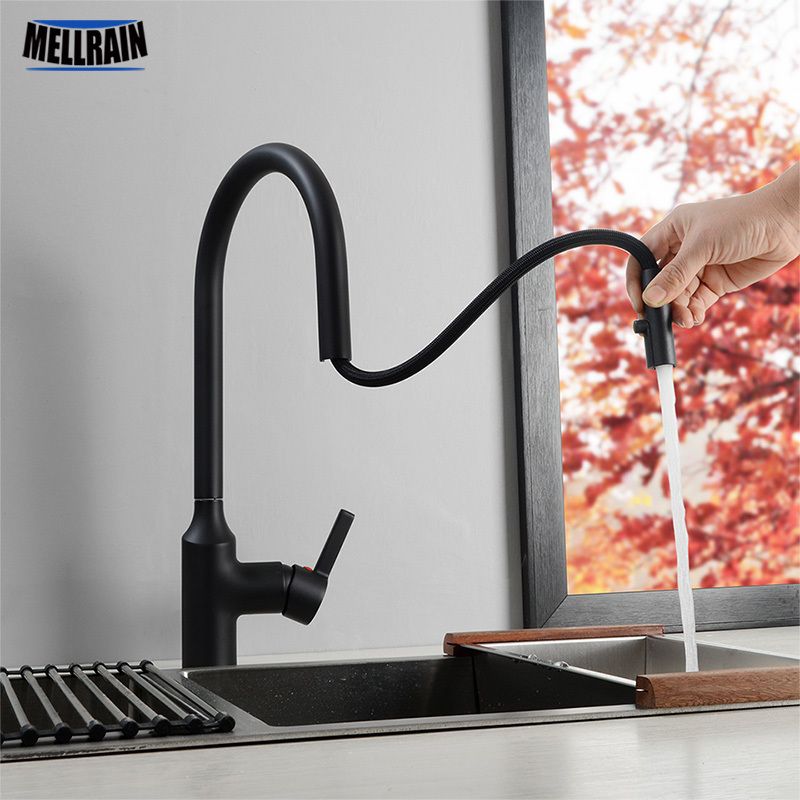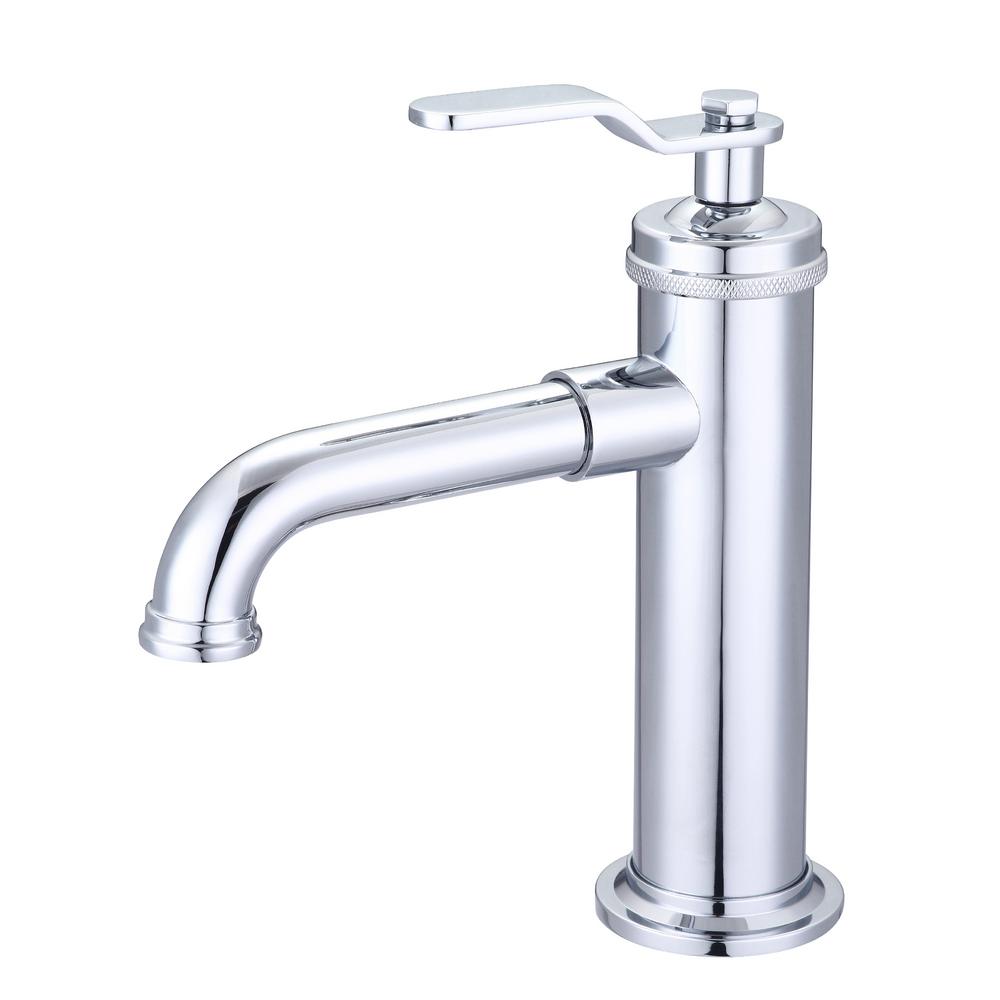A kitchen faucet clogged with sediment is a common issue that can lead to reduced water flow, inconvenience, and potential damage to the faucet over time. Sediment accumulation often occurs due to mineral deposits in the water supply, rust from old pipes, or debris in the plumbing system. Identifying the cause of the sediment buildup is crucial for determining the most effective solution.
When faced with a clogged kitchen faucet, the first step is to turn off the water supply to the faucet. This prevents any further sediment from entering the system and allows for a safe examination of the faucet components. Once the water is turned off, disassembling the faucet may be necessary to access the aerator, cartridge, or other internal parts where sediment tends to accumulate.
The aerator is a common location for sediment buildup in a kitchen faucet. It is a small mesh screen at the end of the faucet spout that helps regulate water flow and reduce splashing. Removing the aerator and soaking it in a mixture of vinegar and water can effectively break down and dissolve sediment. A soft brush or toothbrush can be used to gently scrub away any remaining debris.

In cases where sediment has accumulated in other parts of the faucet, such as the cartridge or valves, it may be necessary to disassemble these components for thorough cleaning. A basic wrench and screwdriver are typically sufficient for this task, but referring to the faucet’s manufacturer guidelines for disassembly instructions is advisable.
Regular maintenance is key to preventing sediment buildup in kitchen faucets. Installing a water filter or softener can help reduce the mineral content in the water supply, minimizing the chances of sediment accumulation. Periodically cleaning and flushing the faucet components can also prevent sediment from settling and causing blockages.
For faucets with removable cartridges, inspecting and cleaning the cartridge is essential. Sediment can hinder the proper functioning of the cartridge, leading to reduced water pressure or irregular water flow. Gently rinsing the cartridge and removing any visible debris can restore optimal performance.

In situations where sediment buildup is severe, a descaling solution may be needed. Commercial descaling products are available, or a DIY solution of vinegar and water can be effective. This solution is poured into a plastic bag, and the bag is secured around the faucet with a rubber band. Allowing the faucet to soak in the descaling solution for a few hours can help dissolve stubborn sediment.
Preventive measures can go a long way in avoiding sediment-related issues in kitchen faucets. Installing a sediment filter at the water source can help trap debris before it reaches the faucet, significantly reducing the risk of clogs. Regularly checking and cleaning the faucet aerator and other components is a simple yet effective practice to maintain optimal water flow.
In households with hard water, which contains high mineral content, the likelihood of sediment accumulation in faucets is higher. Consider using water softeners to reduce the mineral content and minimize sediment buildup. Water softeners work by replacing calcium and magnesium ions with sodium ions, preventing mineral deposits from forming in the plumbing system.

Understanding the composition of the local water supply is crucial in addressing sediment-related issues. Water testing kits are available to assess the hardness and mineral content of the water. Armed with this information, homeowners can implement appropriate measures, such as installing water softeners or filters, to reduce sediment buildup and ensure the longevity of their kitchen faucets.
Regularly checking and cleaning the aerator is a preventive measure that can be easily incorporated into routine maintenance. Sediment tends to accumulate in the aerator’s mesh screen, affecting water flow. Unscrewing the aerator and cleaning it with a brush or soaking it in vinegar can help maintain consistent water pressure and prevent clogs.
In instances where sediment buildup has caused irreversible damage to the faucet components, replacement may be necessary. Investing in a high-quality faucet with features like easy-clean aerators and durable materials can reduce the frequency of sediment-related issues. Additionally, choosing a faucet with a simple and accessible design facilitates easier cleaning and maintenance.
For households relying on well water, regular inspection and maintenance of the well system are essential to prevent sediment from entering the plumbing. Installing a well filter or sediment trap can help capture debris before it reaches the faucets, ensuring a cleaner and more efficient water supply.
Addressing a kitchen faucet clogged with sediment involves a systematic approach to identify the cause, disassemble the components, and clean or replace affected parts. Regular maintenance, preventive measures, and an understanding of the local water supply contribute to a healthier plumbing system and prolonged faucet functionality. Taking proactive steps to minimize sediment buildup not only improves water flow but also extends the lifespan of kitchen faucets, saving homeowners from potential repair or replacement costs.

How to Fix Clogged Grohe Shower Head – DIY Home Repair

Kitchen Sink Aerator Diagramming Indirect – N3126P-C Swivel-Spray Aerator, Polished / Chrome

How to Install a Faucet: 10 Steps (with Pictures) – wikiHow

How to Install a Faucet: 10 Steps (with Pictures)

Water Creation Single Hole Single Handle Streamlined Cylindrical Bathroom Faucet with Pop-Up

Faucet Aerator Size Chart – Best Faucet Editon

Related Posts:
- Kitchen Faucet Mounting Nut
- Highest GPM Kitchen Faucet
- Kitchen Faucet With Filter And Sprayer
- High Arc Kitchen Faucet With Spray
- Old Style Kitchen Sink Faucets
- Moen Kitchen Faucet Installation Guide
- Brizo Kitchen Faucet Parts
- Pegasus Kitchen Faucet Repair
- Stainless Steel Kitchen Faucet With Soap Dispenser
- Splashless Kitchen Faucets